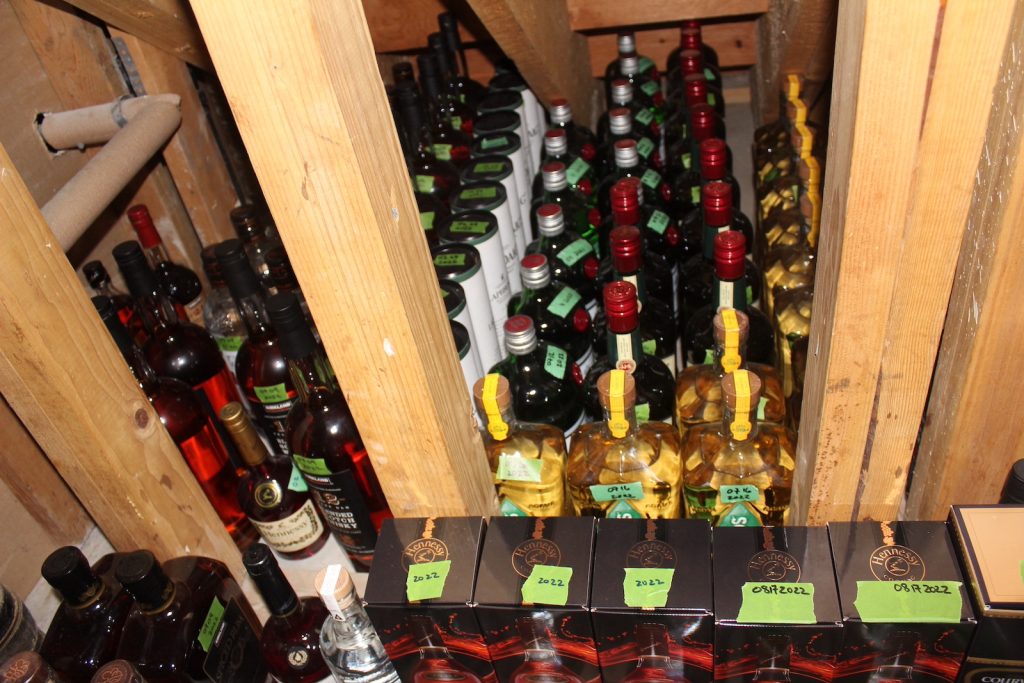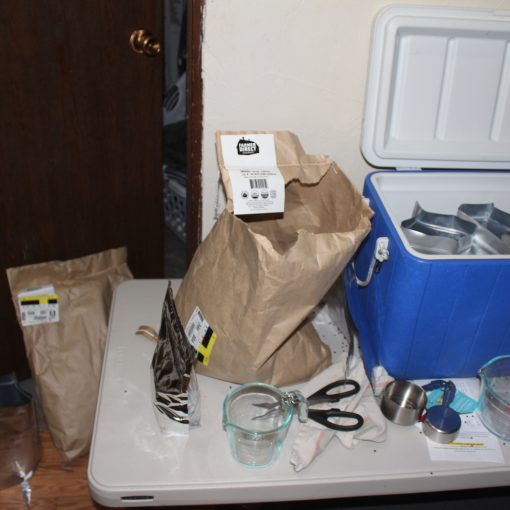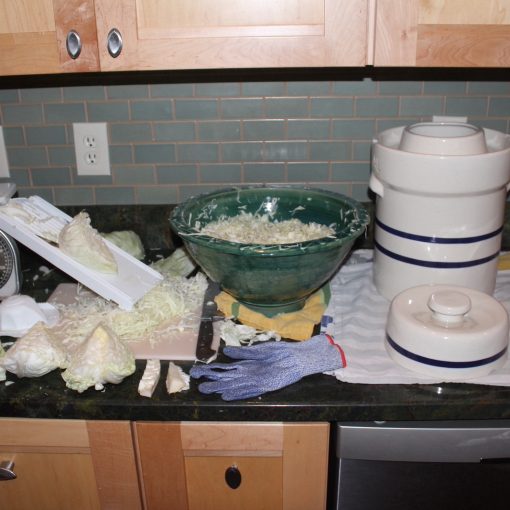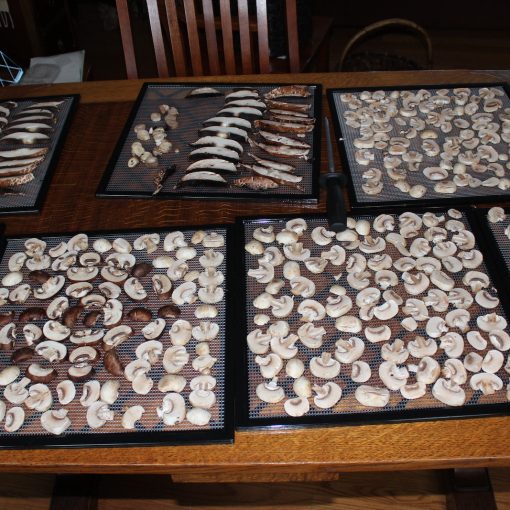Prepping for Strange Times
The Grog Locker: Bulking up for ‘The Big One’
Part 1: The Grog
‘And it’s all for my grog. My jolly, jolly grog. All for my beer and tobacco.
for I’ve spent all me tin, with the lassies drinking gin, now across the Western ocean I must wander.’
Traditional Irish folk tune
Alcohol and tobacco are top tier trade commodities. We covered the basics in ‘Maintaining Your Buzz’ but that article was written in more innocent times. Today Americans, who were led to believe the party would last forever, increasingly find ourselves impacted by supply chain break-downs, the pandemic, inflation, foreign wars, bank failures, etc. This is why prepping is such a popular topic on the internet. Once you’ve stocked your pantry with a viable food supply, maybe it’s time to get serious about a grog locker. Here are some thoughts on putting one together.

Callahan’s criteria for alcohol in the grog locker: Mostly spirits. No rot gut. No plastic bottles. Nothing grossly expensive. Know where it was made. Be sure there’s a good quality water supply to the distillery. Plan for some to trade and some for youself. Have a mix of 1.75 liter and .75 liter bottles. Don’t go into debt for it. Decide how much will be enough. When you’ve got enough, leave it alone and forget about it.
Taking those in turn:
Mostly spirits: because they last forever as long as they’re sealed. Also, spirits have a smaller foot print than wine or beer. Spirits don’t freeze. Spirits can be used as preservatives, medicines, making cordials for gifts and so on.
No rot gut: Yes, I know. What constitutes ‘rot gut’ is subjective. To me rot gut implies cheap, unhealthy, GMO based ingredients processed using any short cut that can shave a buck off for the maker. My point here, is even if you think you’re not going to drink it, someday you might. And why do that to yourself or someone else? Besides, rot gut isn’t that much less expensive than decent alcohol and when you think about it, decent alcohol is a great deal for what it is
No plastic bottles: Makers that use plastic to bottle drinking alcohol say it’s safe. I don’t believe that. Alcohol is a solvent. Who wants to drink a solvent that’s been sitting in plastic for ten or twenty years? A lot of rot gut comes in plastic bottles but some large, formerly respectable distillers use plastic now.
Nothing grossly expensive: Researching distillers, you come across ‘special editions’ or ‘cask strength’ bottles that cost hundreds, or thousands, of dollars. To me that’s P.T. Barnum stuff. Barnum, you will recall, is the one who said, “There’s a sucker born every minute and it’s a crime not to take advantage of him.”
Know where it was made: Alcohol production is one of the most water intensive industries going. If some corporate brewer or distiller is sucking up the water supply in a drought, and they’re compromising farmers and small communities, to heck with that. Big distilleries can create other problems for nearby communities: like a fungus that blankets homes, trees, street signs and so on near the Jack Daniels distillery. I’m no doctor but it would seem that has to impact people’s lungs and health. No Jack Daniels in my grog locker.They’re not the only ones. I suppose you could find something disagreeable with every maker everywhere. Some are worse than others.
Know the water quality: Water supplies are contaminated all over the world. It’s disgusting and the more you read about it, the scarier it is. Right here in America we have Super Fund sites and carcinogens in wells all over New England, mine leachate contaminating water supplies across our western states, the world’s largest hog farm in North Carolina (owned by the Chinese now) that sprays an aerosol of pig shit all over the landscape which eventually washes down the Cape Fear River drainage.
Every hurricane that hits the Carribean emulsifies millions of tons of oil and sewage that must percolate down into the water supply. In Puerto Rico, flooding from hurricanes Irma and Maria inundated toxic Superfund sites around the island contaminating the water supply, leaving millions with unsafe water. I don’t mean to compare not having rum to the terrible hardship suffered by Puero Ricans. Only saying I waited until I found a few bottles from distillers in Hawaii and (oddly) Alaska.
Another water quality concern for me is communities that dump flouride into the drinking water. Believe it’s safe if you want to. I don’t. And I don’t buy alcohol from those places.
Most of the 1.75 liter brands I bought come from European countries where they pay more attention to their water quality. Scotland’s Drinking Water Regulator, for example, says fluoride isn’t added to any water supply in the country. Some places in the UK do add fluoride, so it’s worth checking in to. Which brings us to…Costco. In addition to major European distillers, Costco carries its own Kirkland brand which is made by some of those same major distillers who, for various reasons, sell it to Costco/Kirkland for bottling. There’s considerable internet speculation about which distiller made what for Kirkland. My concern was mostly the water supply so I wrote to the scotch whiskey merchants and exporters who supply Kirkland, Alexander Murray & Co. to ask about where the whiskey is aged and water quality. Here’s their reply,
Kirkland Signature is a brand owned by Costco, the whisky for which is sourced by us at Alexander Murray – that is, any Kirkland Signature Scotch Whisky. We can’t speak for any of the other spirits in the range, however anything we produce for KS, i.e. anything with Alexander Murray & Co listed as bottler, is distilled, matured and bottled in Scotland. We purchase casks from array of distillers from all over Scotland. The source of bottling is in the Ochil Hills in Scotland, which is famed for its water – the same site as “Highland Spring” water. All water used then goes through reverse osmosis, so I think anything we produce will tick all the boxes for you!
There you have it, an imprimatur from the land of haggis, epic history, and scotch.
For trade & for you: Maybe your friend likes spiced rum while you’d rather pour it down the toilet to save wear and tear on your system. Maybe you don’t like tequila, but if there’s none in town on Cinco de Mayo, bring a bottle to the party and you’re a celebrity. So put up a good mix of bottles.
Mix of 1.75 liter bottles and .75 liter bottles: Where we live Costco sells 1.75 bottles for a good price. My friend who used to work as a bar tender calls these ‘house wreckers’. I started my grog locker with them in the interest of building up a supply, on a budget, as quickly as I could manage.
If the economy gets to a point where you’re bartering with alcohol, and you’re bartering it by the cup, the big bottles will go a lot farther.
Once you’re comfortable with your bulk supply you can move on to a more diverse selection of .75 bottles. For these I leaned towards smaller, local distillers to support small hand crafted operations, or towards specialty spirits that will be in short supply in a few years.
Don’t go into debt for the grog: Most of us couldn’t afford to put up a large supply all at once. So, look at this as a long-term project where you put up a couple bottles per month. Maybe one bottle a month. Eventually, your locker fills up. Console yourself with the fact that, given all that goes into it, most decent alcohol is cheap. Say you get a bottle for under $50 from a place where the grains are organic, the water is good. The farmers, distillers, glass makers, shippers, store owners, and tax collectors all make enough money to stay in business. Maybe the bottle came across the sea and then across the continent to Alaska. It’s amazing.
Decide when to stop: Being able to stop is always a good thing with alcohol. Ten gallons, twenty gallons, fifty…
Once you’ve met your quota, forget about it: It’s there if you need it. If you do, you can sing along with the Dubliners. https://www.youtube.com/watch?v=MpbuoMVRQ6A




